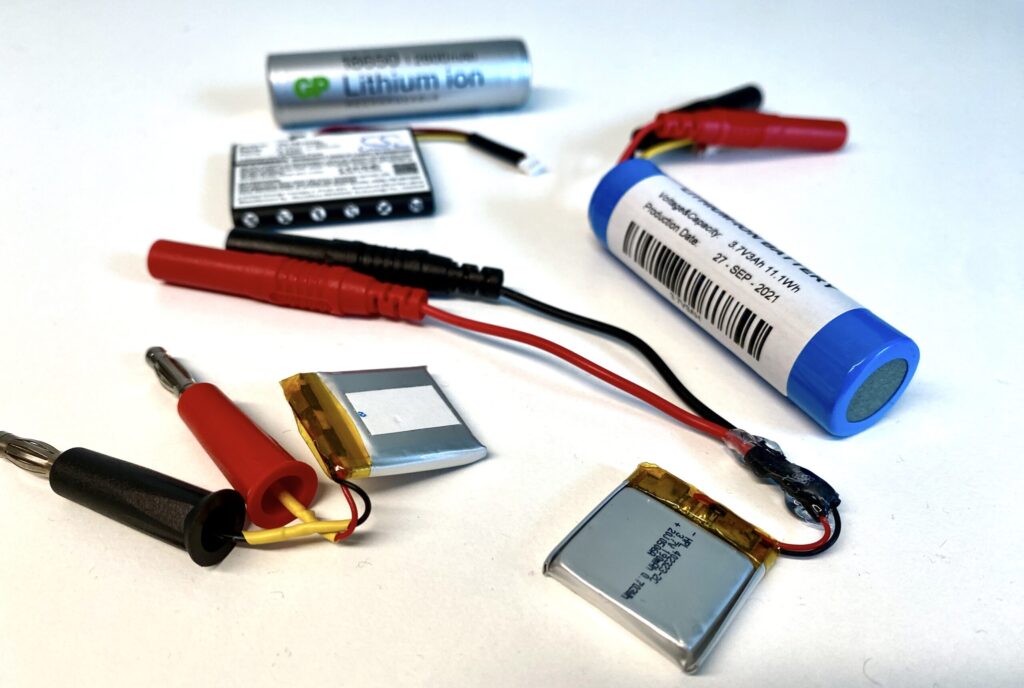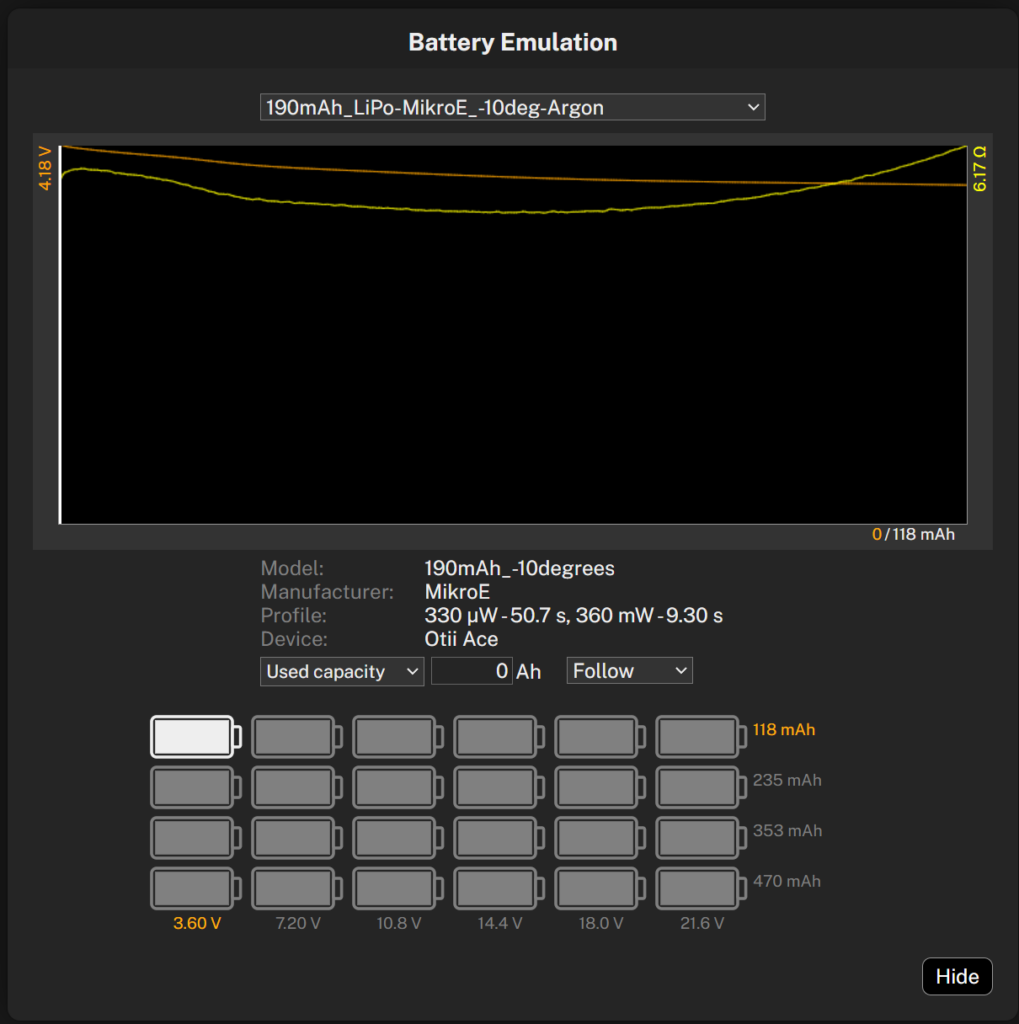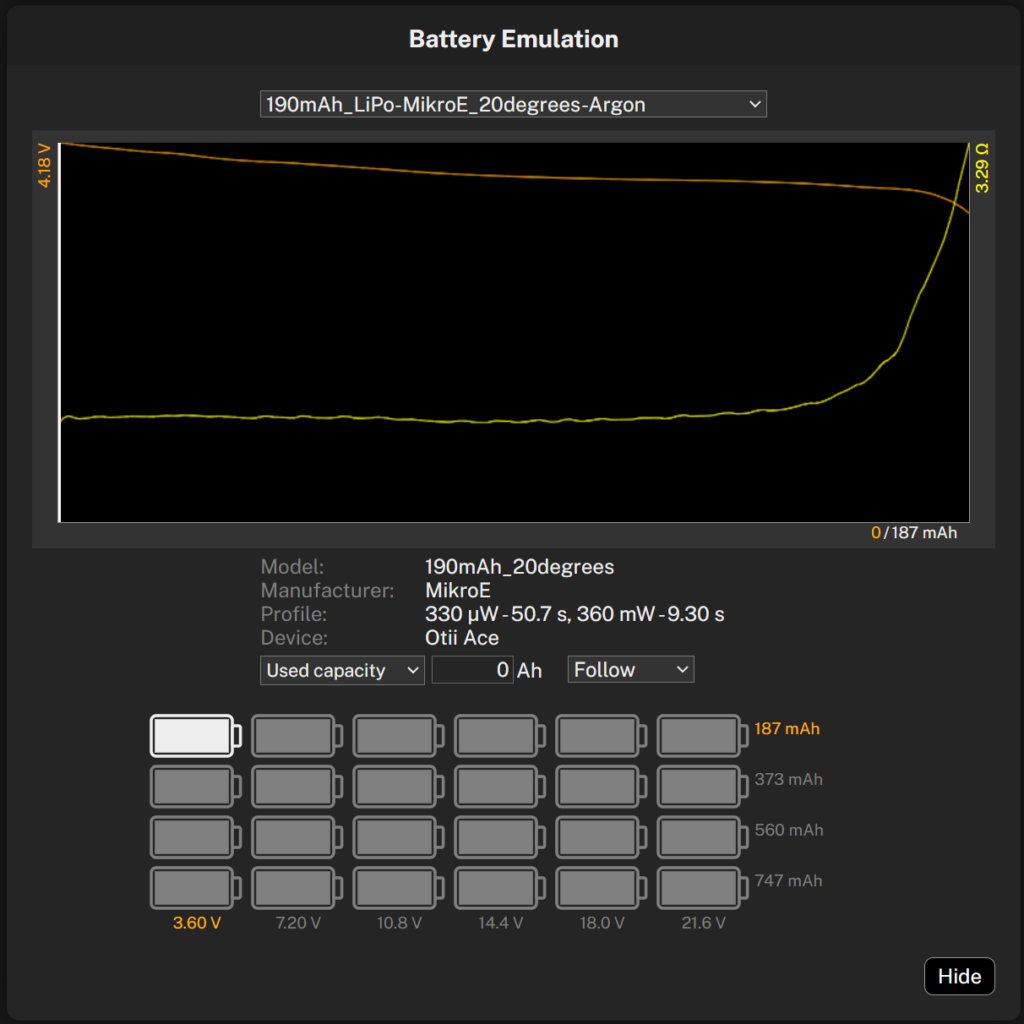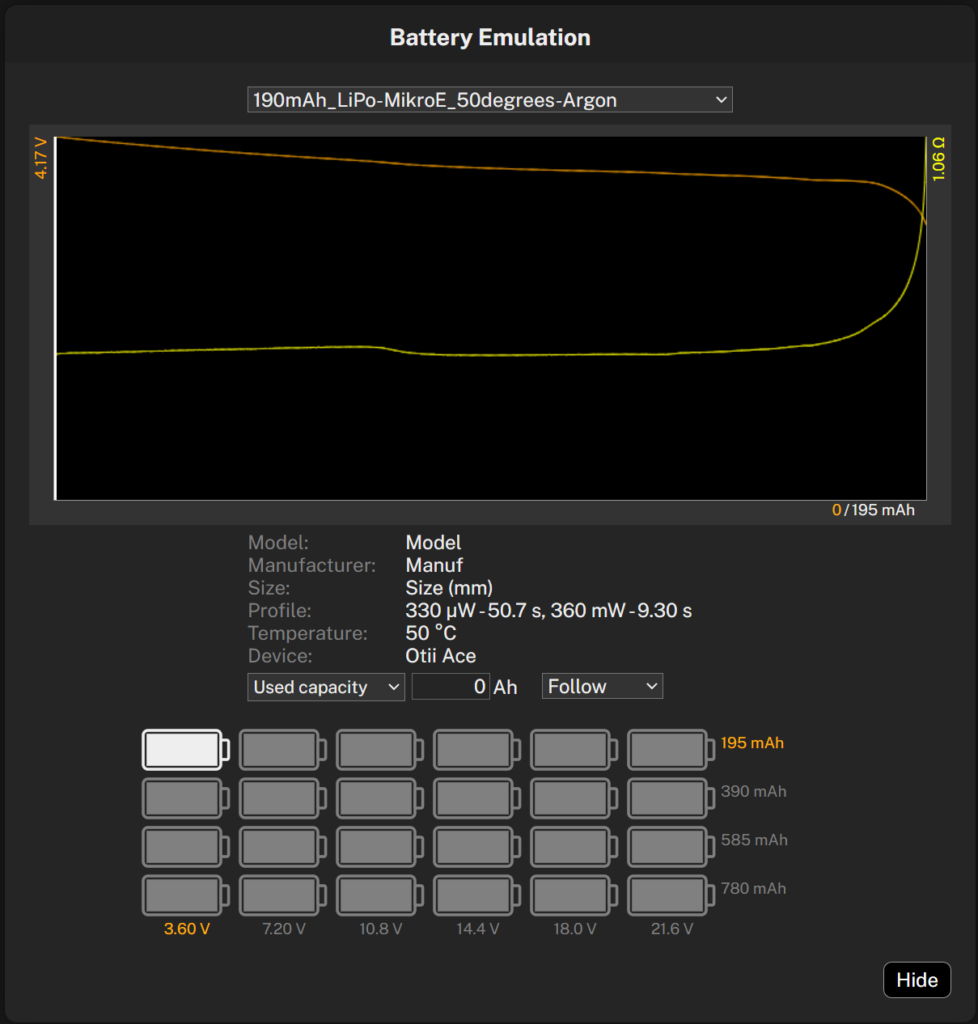Impact of temperature on IoT battery life
Impact of temperature on IoT battery life
One of the key factors that impact battery performance is temperature. In a datasheet, battery performance is usually presented for typical usage at room temperature, where batteries function optimally. Battery performance is closely tied to chemical reactions, which are sensitive to temperature changes. This not only impacts the battery’s capacity and lifespan but also influences the power consumption of all internal components in electronic and IoT devices.
In general, high temperatures cause lower internal resistance which means high energy to be discharged, but it also increases battery self-discharge and passivation which might affect the useful capacity substantially. At lower temperatures, the self-discharge is lower but the ions in the battery are moving slower, creating higher internal resistance and thus higher voltage drop that has a negative impact on the capacity.
The impact on IoT business
For IoT and embedded systems, commonly deployed in diverse environments, the temperature can be the one to break the business. For example, in the case of an IoT solution for waste management, the embedded devices and the batteries are likely to be deployed in places, cities and suburbs, where the temperatures are either constantly high or low, or settings where the temperatures are constantly fluctuating. This poses a challenge to find a one-fit-all device and energy source and can impact the length and cost of the development process and the product portfolio.
Lithium or alkaline batteries in cold weather?
To execute the challenge of finding the right energy source that covers the diverse temperature settings, it might be a good idea to avoid alkaline batteries and consider using lithium batteries. Alkaline batteries, while effective at room temperature, struggle to deliver sufficient current in colder conditions, leading to significantly diminished battery life. Lithium batteries have been proven, especially in the data sheets, to be a more suitable choice for cold weather scenarios.

However, it’s important to note that even lithium batteries are affected by low temperatures. For example, the datasheet of a 190mAh LiPo battery states a discharge range between -20 to +60 °C as the operating temperature, but it might lack detailed specifications for performance within that range. Minor temperature fluctuations can halve your battery’s capacity if not correctly anticipated. Ensure you understand your application’s consumption in various states (standby, sleep, active, etc.) and link these to the extreme temperatures your device may encounter during storage, transport, or use. In short, this means: measure!
Analyzing battery performance beyond data sheets
Solely relying on the data sheet for our example of the MicroE LiPo battery, the conclusion would be that for any of our use cases below zero degrees, this is the right choice of battery. Putting it to the test, showed something entirely different.
We used Otii Ace Pro and Otii Battery Toolbox to profile the battery in three different temperatures, -10, +20 and +50 °C, specific for our use case. The use case is an IoT solution for smart buildings utilizing WiFi communication. Figures 1, 2 and 3 show the measured and analyzed battery’s internal resistance and open circuit voltage.



Figures show the impact of temperature on IoT battery performance and thus battery life.
For our critical case of -10 °C (Fig. 1), the internal resistance is immensely high, which most sensors can not handle, meaning they will not even start, let alone make one transmission. If the sensor does start, the increased internal resistance causes the battery voltage to drop. The drop is compensated with a higher current from the device to keep the power to the radio which further increases the battery voltage drop until it is below the cut-off voltage for the MCU, creating a brownout and a reset. In our use case, a Particle Argon board with a brand new 190mAh LiPo battery was not able to connect to the WiFi network, at -10 °C, despite the broad performance range for the battery in the data sheet.
Conclusion: Understand the impact of temperature on IoT battery life
Understand and measure your application’s energy use in different modes (standby, sleep, active, etc.) and correlate this with the extreme temperatures your device will face during storage, transport, or operation. Don’t only follow the battery data sheet but also profile the batteries you intend for your product in critical cases such as high or low temperatures. Even lithium batteries, known for their performance in broad temperature ranges, don’t always deliver on their promises. Don’t guess – measure!
Learn more about batteries: https://www.saft.com/energizing-iot/impact-temperature-your-iot-application’s-power-consumption
Would you like to know more?
Become a member of our community
Gain access to exclusive resources, educational materials, and expert advice to enhance your knowledge and understanding of powering IoT devices and battery testing.